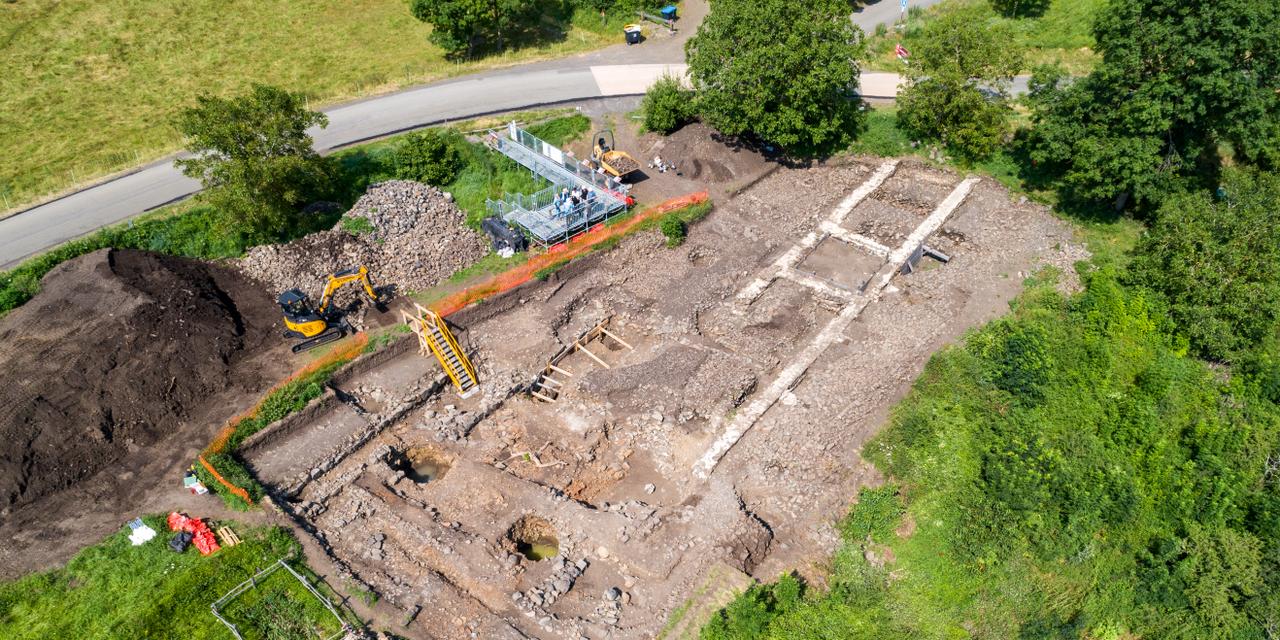


France's Gergovie plateau continues to reveal its ancient secrets
FeatureAfter four years exploring the depths of this archaeological site in central France, archaeologists have begun to draw their first conclusions, particularly regarding the so-called 'craftsmen's quarter.' This is the fourth excavation campaign at Gergovie since 1861, a site that once hosted the capital of the Arverni people.
Wearing white T-shirts stamped "INRAP" (for France's National Institute for Preventive Archaeological Research) and work pants stained with earth, about 30 people bustled around the "craftsmen's quarter" site at Gergovie, near Clermont-Ferrand. Those digging, dusting and hauling away buckets of stones and sediment under the morning sun on July 17 were mostly students from universities across France, from first-year undergraduate to master's level. Every summer since 2022, around 20 of them have joined the approximately 1,000-square-meter site "to train in excavation techniques, alongside the theoretical courses they take at their university," explained Yann Deberge, an archaeologist with INRAP and head of the site. This 70-hectare plateau overlooking the valley once served as the capital of the Arverni people.
The task is not easy, as they are not the first to attempt to unearth Gergovie's past. Since 1861, at least four excavation campaigns have taken place, sometimes leaving behind "invasive traces," in the words of Deberge. "That's a handicap we've tried to turn into a strength," he said. Before plunging back into the Gallic era, the archaeologists dedicated two years to studying previous excavations: They mapped them out and conducted archival research to get inside the heads of their predecessors, rediscovering their methods of working and recording results – all while carrying out their own explorations.
The exposed patch of earth shown to journalists that day could be read as "a chronological fresco." From west to east, one moves back in time, from the reign of Augustus (27 BCE to 14 CE), the most recent period of human occupation, to the Gallic period (70 BCE to 50 BCE). "What is interesting about this site is that we can observe the transition from the end of the Iron Age to the Roman period," explained Marion Dacko, a research engineer at the Maison des sciences humaines, a humanities research center in nearby Clermont-Ferrand.
You have 60.75% of this article left to read. The rest is for subscribers only.
